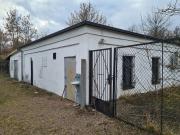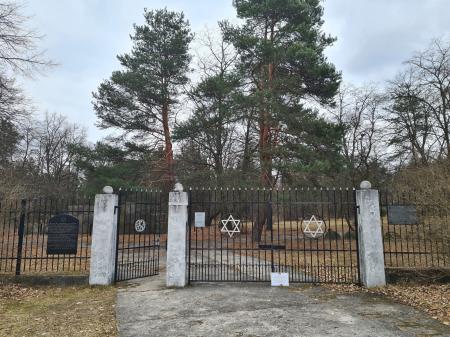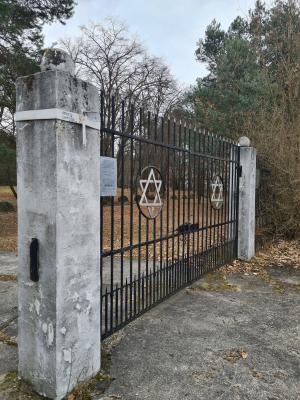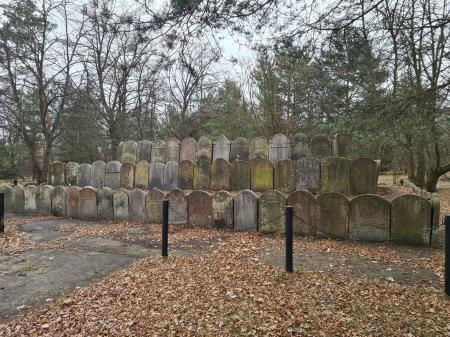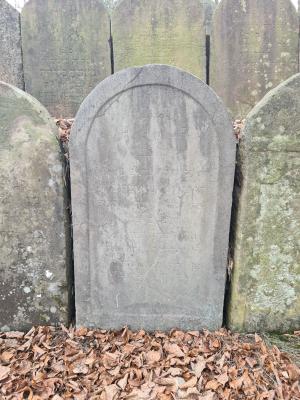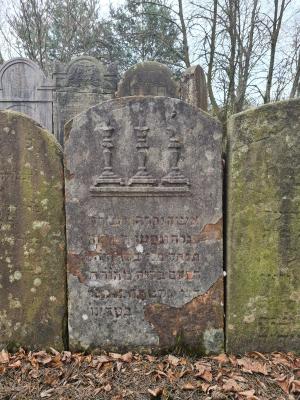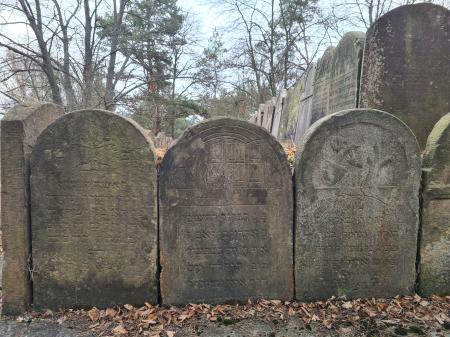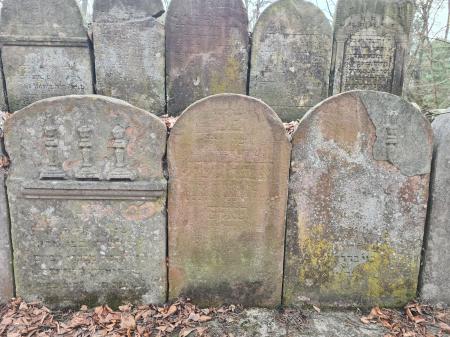Obj. ID: 50773
Jewish Funerary Art Jewish cemetery in Kielce, Poland
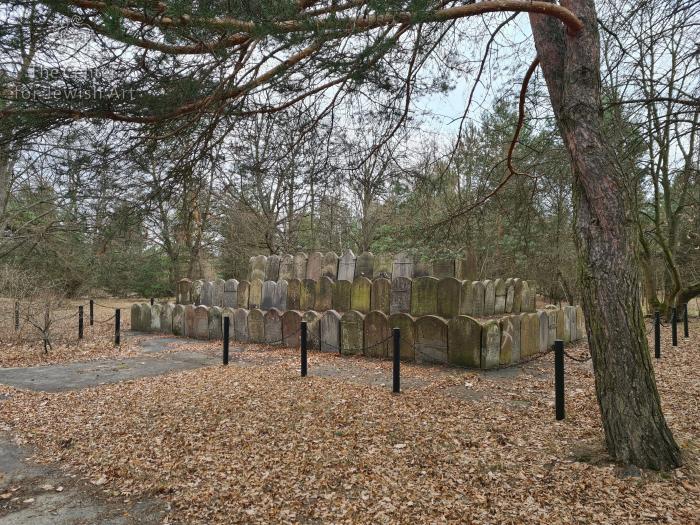
According to ESJF European Jewish Cemeteries Initiative, the cemetery was established in 1868 in the south-western part of the city, on the land belonging to the Pakosz manor. The first known burial took place on January 9th 1870. Around 1870, a funeral home and a fence were built. The entrance was located in the north-eastern part of the cemetery. The area of the cemetery was enlarged in the 1920s.
The cemetery is the burial place of:
● Tzadik Chaim Szmuel Horowitz from Chęciny, great-grandson of the Seer of Lublin, died in 1913,
● Tzadik Motele Twerski from the Chernobyl dynasty, died in 1917,
● Tzadik Ozer Abraham Rabinowicz, died in 1925,
● Tzadik Elimelech Jakow Rabinowicz, died in 1938.
During World War II, the Germans carried out executions at the cemetery. Among others, children killed in the labor camp at Jasna Street were buried there. At that time, the cemetery was partially destroyed.
After the war, the human remains of Jews exhumed in 1945-1946, from various parts of the city, were buried in the cemetery. On the 8th of July 1946, victims of the Kielce pogrom were also buried there.
In the following decades, the cemetery was devastated by the population and companies from Kielce. In the 1950s, Spółdzielnia Pracy 22 Lipca set up a coal and sand store there and used the funeral home as a workshop. In 1966, the employees of Zakłady Precyzyjne “Iskra” removed some tombstones from the cemetery.
In 1956, the Minister of Communal Economy issued a decision to close a part of the cemetery for burial purposes, and in 1965 the remaining part was closed and the liquidation of the cemetery was authorized.
In the 1980s, a lapidarium was funded by the city and made of scattered matzevot. In 1986-1987, the cemetery was fenced, due to the efforts of the Nissenbaum Family Foundation and the community of Kielce’s Jews. In 2007, the Hasidic community recovered and renovated the ohel of Motele Twerski who was a tzadik.
Around 250 tombstones and fragments have been preserved within the cemetery, however the majority of them were moved from their actual burial place. In 2010, at the initiative of the Jan Karski Association, a new monument was erected on the grave of the pogrom victims. In 2015, Herszel Zagajski’s house of prayer was moved from the yard of the tenement house at 3 Słowackiego Street and reconstructed on the plot adjacent to the cemetery.
A list of preserved tombstones is available at the webiste of the POLIN Museum of the History of Polish Jews
https://tinyurl.com/3v4neehj
The owner of the cemetery is the Jewish Community in Katowice. The property has been entered in the Register of Immovable Monuments of the Świętokrzyskie Voivodeship.



